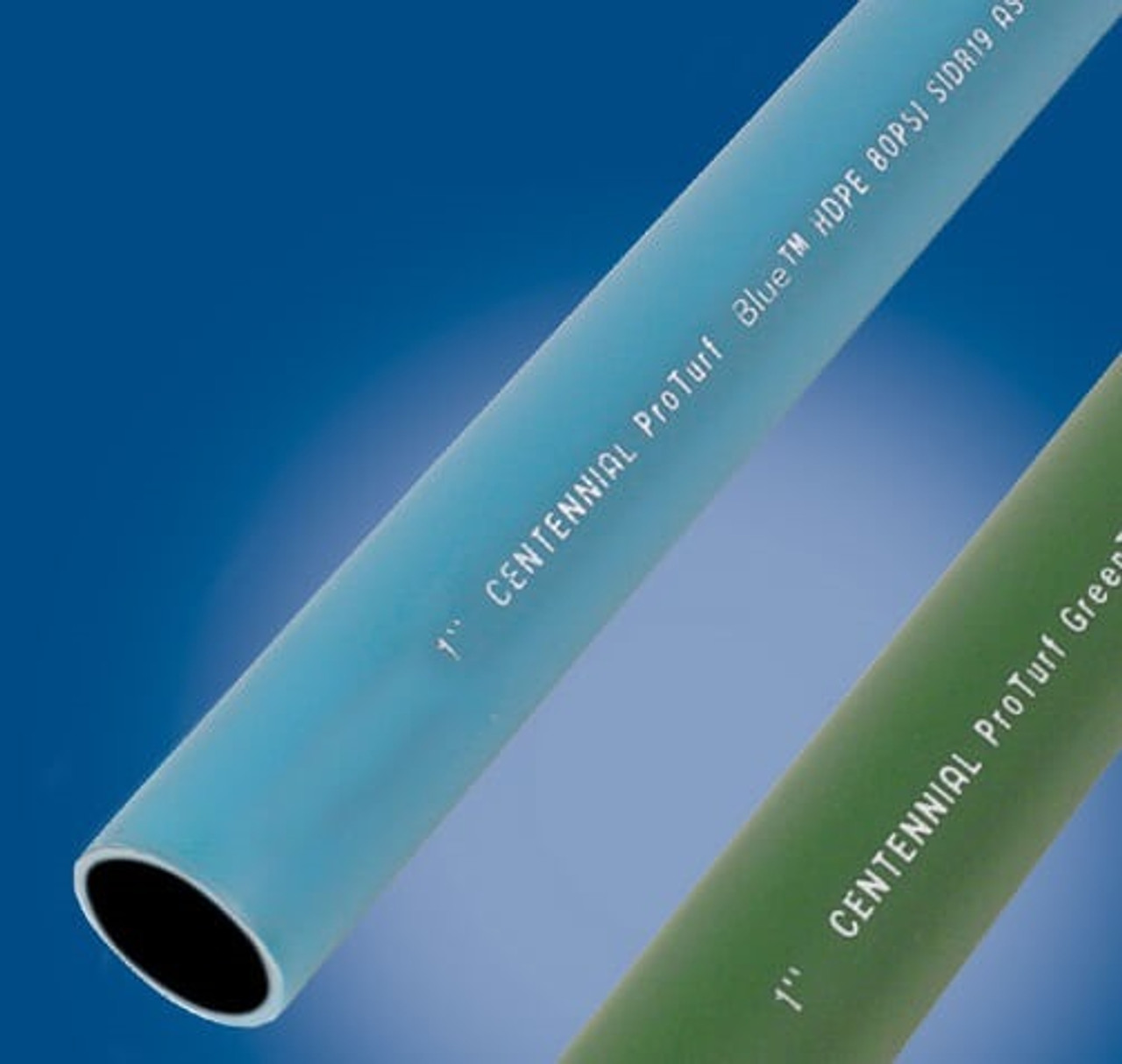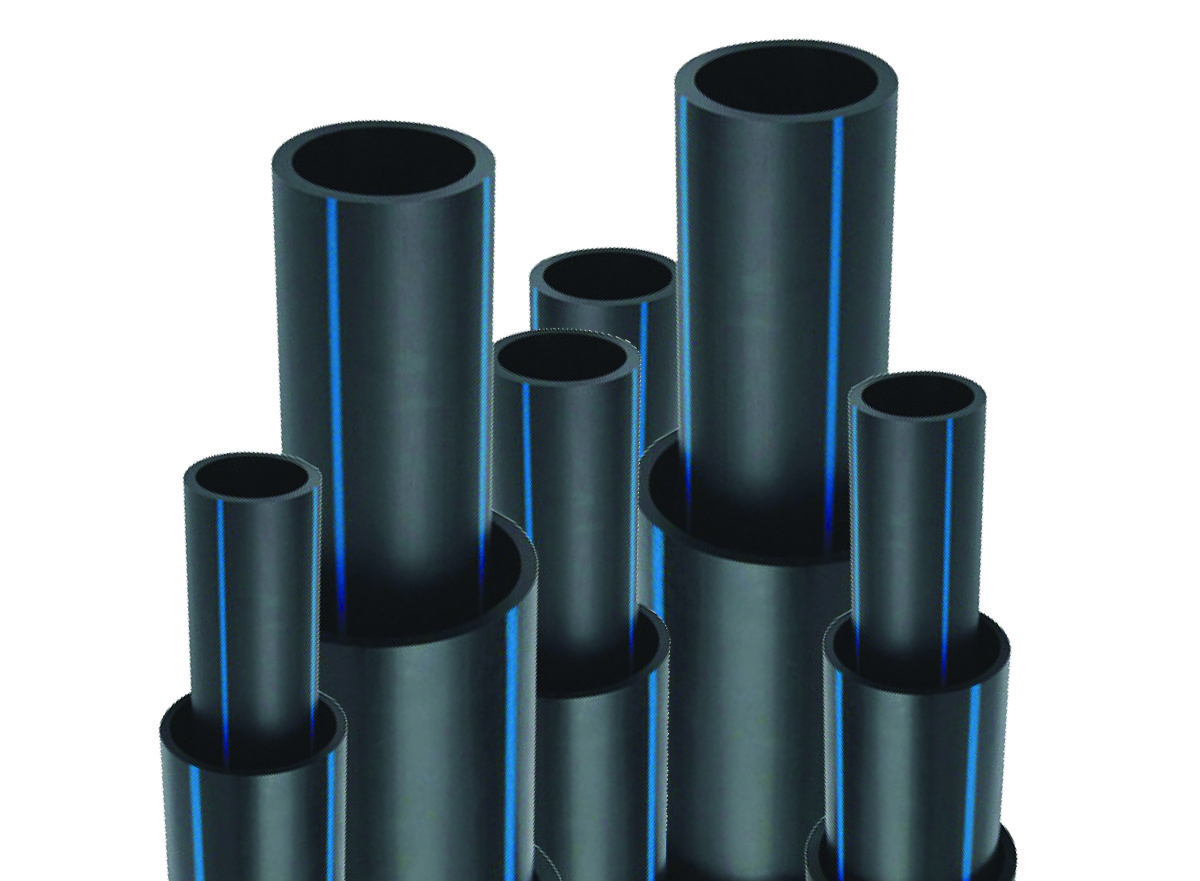Why Builders Prefer hdpe pipe in stock Midland TX for Reliable Supply
Comprehending the Key Perks of HDPE Pipe for Water and Wastewater Monitoring
Using HDPE pipe in water and wastewater management provides various advantages that merit factor to consider. Its extraordinary longevity and lengthy life-span make it a recommended option for lots of tasks. In addition, the product's resistance to deterioration and chemical damage enhances its dependability in different environments. Nevertheless, the advantages prolong beyond simply longevity and resistance. Discovering its cost-effectiveness and ecological impact exposes a lot more engaging reasons for its extensive adoption in modern framework
Remarkable Sturdiness and Long Life

HDPE pipeline sticks out for its outstanding longevity and durability, making it a favored selection in water administration systems. Created from high-density polyethylene, these pipes can hold up against significant stress and anxiety, ensuring dependable efficiency in time. Their durable nature permits them to endure extreme ecological conditions, consisting of temperature variations and soil motions, which can cause various other products to stop working.
The life-span of HDPE pipelines commonly goes beyond half a century, offering a cost-effective remedy for municipalities and industries alike. Furthermore, the product's light-weight homes simplify installation, reducing labor prices and timeframes. This sturdiness decreases the need for frequent repair work or replacements, further boosting its financial charm.
In water monitoring applications, the dependability of HDPE pipelines indicates fewer disturbances and enhanced solution continuity, making them important to lasting facilities growth. The combination of durability and durability strengthens HDPE's role as a keystone in effective water management options.

Resistance to Deterioration and Chemical Damages
While lots of materials surrender to rust and chemical damages gradually, HDPE pipes exhibit exceptional resistance, making them suitable for various water monitoring applications. This strength comes from the molecular structure of high-density polyethylene, which is inherently non-reactive and does not rust like steels or deteriorate from direct exposure to severe chemicals. Consequently, HDPE is highly efficient in settings with aggressive compounds, such as wastewater systems that might include acids, bases, and natural solvents.
Additionally, HDPE pipes can withstand ecological factors such as dirt level of acidity and saline conditions, even more boosting their viability for varied applications (Pipe Supplier American Plastics Midland). Their ability to preserve architectural stability in time minimizes the threat of leaks and failings, which is essential in making sure the safety and security and dependability of water circulation and wastewater administration systems. As a result, the resistance to corrosion and chemical damage significantly adds to the general performance and long life of HDPE piping remedies
Cost-Effectiveness and Financial Benefits
When taking into consideration the monetary effects of water monitoring systems, the cost-effectiveness of HDPE pipelines becomes noticeable. These pipelines provide lower installment and maintenance costs compared to typical materials like steel or concrete. Their lightweight nature streamlines transportation and installation, resulting in decreased labor expenses. Additionally, HDPE pipelines exhibit a lengthy life expectancy, typically surpassing 50 years, which converts to less replacements and long-lasting cost savings.
Moreover, the resistance of HDPE to corrosion and chemical damage reduces the requirement for pricey repair work and replacements. The pipes additionally sustain effective water flow, lowering energy costs connected with pumping systems. By alleviating leaks and water loss, HDPE pipes add to substantial financial benefits for communities and markets alike. Generally, the preliminary investment in HDPE piping can generate considerable monetary returns over the life-span of the water management system, making it a prudent choice for sustainable facilities development.
Ecological Sustainability and Minimized Effect

Versatility and Flexibility in Installation
Since of their one-of-a-kind residential properties, HDPE pipelines provide amazing convenience and versatility in installation, making them appropriate for a wide variety of applications. Their lightweight nature enables less complicated handling and transport, minimizing labor expenses and setup time. HDPE pipes can be curved and formed to fit different surfaces and task requirements, which is particularly advantageous in challenging atmospheres.
Furthermore, their resistance to deterioration and chemical damage allows for installment in diverse setups without the need for specialized protective finishes. The capability to fuse joints produces a continual, leak-free system, improving the general stability and integrity of the setup. HDPE's versatility also fits ground motion, lowering the danger of damages in locations prone to shifting dirt. In general, these attributes make HDPE pipes not only flexible but additionally a recommended option for water and underground water leak detection services wastewater monitoring systems.
Regularly Asked Inquiries
How Does HDPE Pipeline Compare to PVC in Water Management Applications?
HDPE pipeline offers superior adaptability, resistance to deterioration, and longevity compared to PVC. Its lighter weight promotes much easier setup, while its lengthy lifespan decreases substitute expenses, making HDPE a recommended selection in water administration applications.
What Is the Lifespan of HDPE Water Lines Under Regular Problems?
Under typical conditions, HDPE pipelines can have a life-span varying from 50 to 100 years. Their longevity and resistance to deterioration add to their long-term efficiency in various applications, making them a trusted selection for facilities.
Are HDPE Pipeline Recyclable After Their Life Span?
Yes, HDPE pipes are recyclable after their life span. custom hdpe pipe manufacturing Midland TX. They can be refined and repurposed into brand-new items, greatly reducing ecological effect and advertising sustainability within the industry, making them an environment-friendly selection for piping services
What Is the Installation Process for HDPE Water Lines?
The installation procedure for HDPE pipes entails website preparation, trenching, pipeline fusion or mechanical joining, backfilling, and stress screening. Proper techniques assure a resilient and efficient system for delivering water and wastewater effectively.
Can HDPE Pipes Be Made Use Of for Both Drinkable and Non-Potable Water Solutions?
Yes, HDPE pipelines can be made use of for both potable and non-potable water supply. Their versatility, longevity, and resistance to rust make them suitable for various applications, guaranteeing risk-free and reliable transport of water in blog here different contexts.